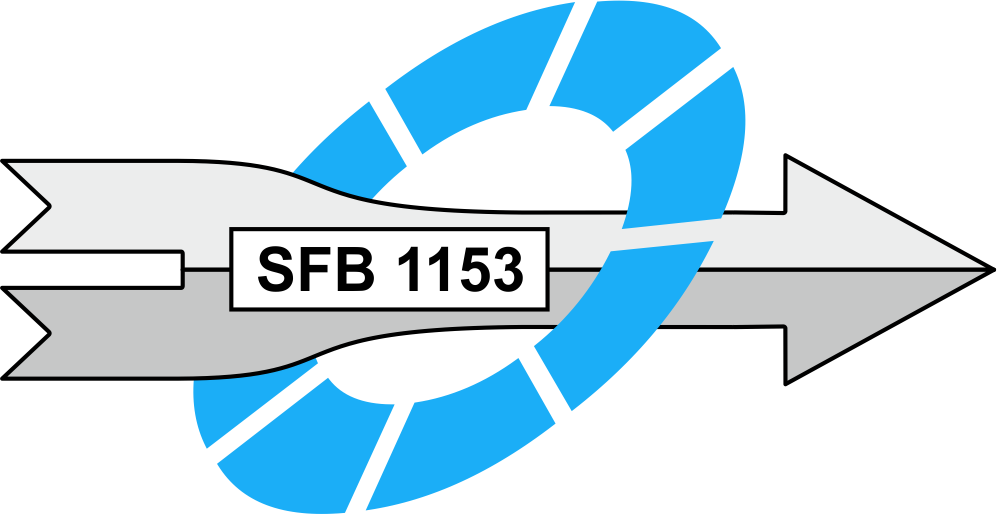Motivation and objectives
Lightweight construction can contribute to saving resources in the manufacturing phase and reduces environmentally harmful emissions during the use phase. The novel Tailored Forming technology provides a means to reduce the component weight by integrating aluminium in suitable locations. The demonstrating component is a pinion shaft which is operated particularly under alternating loads. In cooperation with the application partner NSK Deutschland GmbH, a weight-optimised demonstrating component will be developed, fabricated and subjected to a practice-oriented qualification process. Test methods that are established for components made from mono-materials will be utilised to assess the performance of the hybrid pinion shaft with regards to its lightweighting properties and service life.
Current work and outlook
Friction welding will be used to manufacture hybrid forging billets and to create a metallurgical joint between the two materials. Welding surfaces will be modified to ensure satisfying bond strength of the hybrid pinion shaft. A particular challenge in the processing of hybrid billets is the different properties of the dissimilar materials. This critical situation will be considered in the design of the inductive heating and impact extrusion processes. Through thermomechanical treatment, the joints properties will be improved in the forming process. After machining of the extruded preforms, desired local properties such as hardness, strength and ductility will be created by means of a selective heat treatment; so that the torques and forces prevailing during the operation can be transmitted successfully. Extensive component testing will be carried out to validate the results of the basic research based characterisation studies under practice-oriented conditions and thus; to gain new insights into the characterisation and performance of Tailored Forming components.
Publications
Subproject leader


30823 Garbsen


30823 Garbsen


